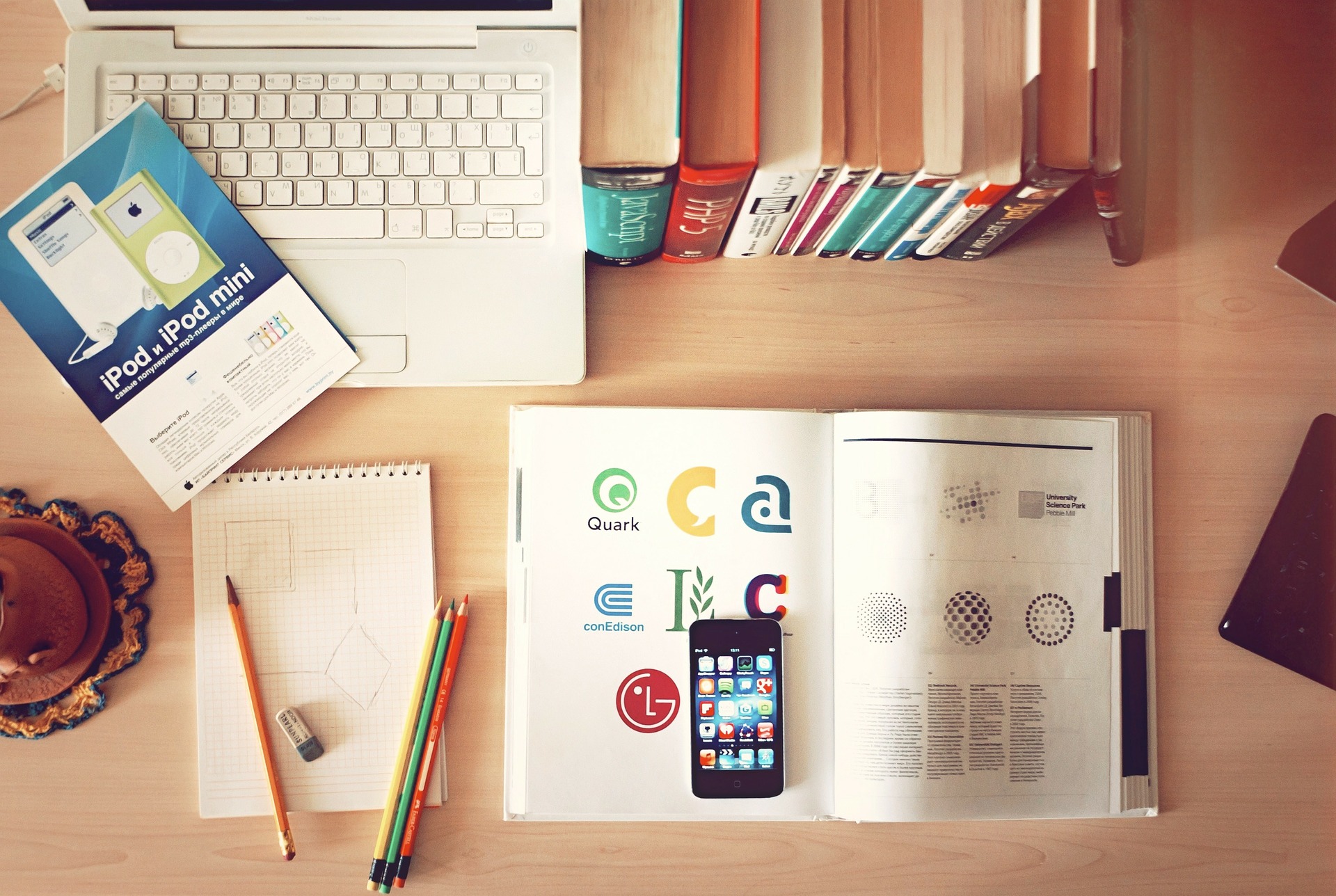Table of Contents
Optimising your space can be essential to achieving the end result you want; it doesn’t matter if you’re in school, university, or the workplace. Did you know that each year, procrastination costs UK businesses £76 billion? Crazy, right? Procrastinating is also a main reason as to why we don’t learn to the best of our ability too.
One way that we can make sure we focus on our tasks is to optimise the space in which we will reside. It doesn’t matter if you’re trying to learn new skills or putting old ones to good use, being in the right environment can go a long way to successfully complete your objective.
Here, we look at how to best optimise your learning space:
Make it personal
While it may sound obvious, adding a few home comforts and personal touches really can make a big difference in upping your productivity levels. Family photos and postcards of your favourite quotes are both great visuals that can help get your creative juices flowing.
Let there be light
We spend a lot of time – both at work and at home – in front of a computer screen. Natural light is an amazing way to counteract any effects of sitting in front of an artificially-lit computer screen. It is also known to enhance our mood by increasing our happiness. This is because natural sunlight is a great source of vitamin D. Without this, some people experience seasonal affective disorder. By being exposed to natural sunlight, you will also have a sense of contentment thanks to the production of vitamin D3.
A brightly lit room can help your critical and analytical thought process.
Add greenery
Greenery also brings a host of benefits, according to studies. Garden plants may be predominantly outdoor options, but certain types can come inside and increase our concentration levels while also lowering the sensation of stress. The likes of ferns clean our air space, while the snake plant also cleans up toxins. Succulents such as a cactus are also a useful addition to your space for decoration purposes as they don’t take a lot of looking after.
Stay organised
If you’re trying to be productive, avoid clutter. It’s not a coincidence that a clear desk can represent a clear mind. By ensuring that your workspace is free of unnecessary distractions, you are more likely to remain focused on the task at hand. You can do this by having a bin within reach, setting up a physical inbox for your papers, and scheduling regular cleaning times.
Be colourful
The colour of your space can be crucial, even if you don’t realise it. Red has been linked to boost how alert we are. It’s looked upon as the ‘colour of passion’. Elsewhere, blue can help us generate ideas and keeps us focused on the task at hand, while green helps avoid eye fatigue and stay efficient. If you were looking to keep stress levels to a minimum, you should look to include white or beige as this can have a calming effect.
Choose sounds to suit you
This is a factor that will differ from person to person. While some people work best in silence, others prefer a bit of background noise. Everyone benefits in their own way. Either way, a good set of headphones could be the ideal solution as they can either block out the tones around you or provide the tunes/podcasts best suited to keeping you productive. Other low-level noise could distract you from your studying or work and have a negative effect.
Why not try listening to a selection of classical tunes? Italian researchers found that this genre can significantly enhance your working memory performance, while research in the Journal of Consumer Research also found that a moderate level of ambient noise can benefit our creative senses.
Of course, there isn’t an exact solution to build the optimum workspace. In the end, each of us learns in a different way, but by following the above steps, you will set yourself up nicely to succeed in your end goal and boost your productivity levels.
